One of the best parts of getting serious about photography is discovering everything you can achieve with a broad array of lenses. It can be mind-blowing, but also frustrating if you don't have someone to guide you during your first lens investments.
Many entry-level cameras come with an 18-55mm bundle lens, and that is no accident. Limited as it may seem, this lens configuration actually helps many new photographers figure out not just what kind of lens they should invest in, but guides them along their endless journey to perfect their style.
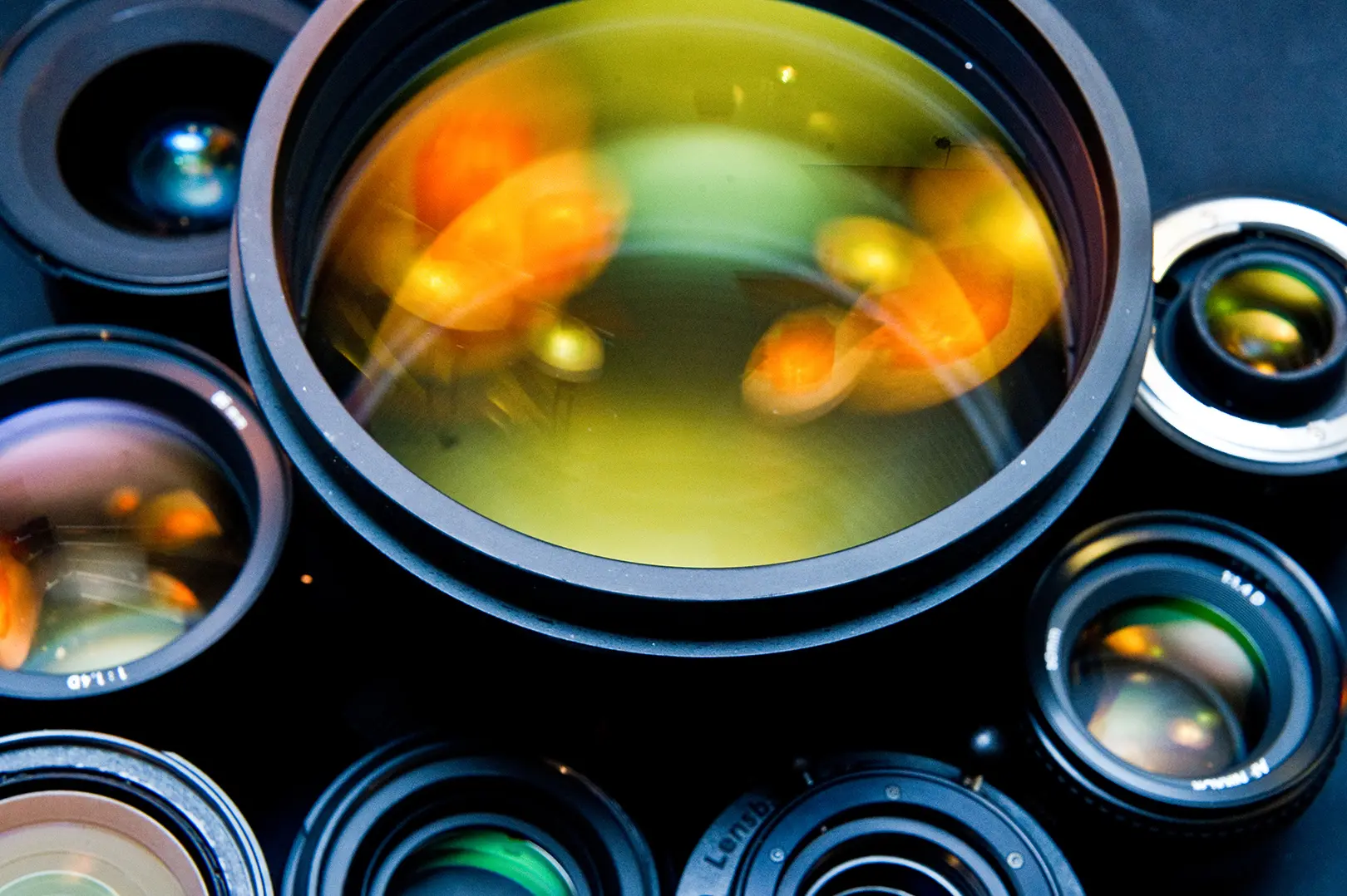
By Bill Ebbesen – Transferred from en.wikipedia, CC BY 3.0, https://commons.wikimedia.org/w/index.php?curid=11430342
Our goal in this article is to accompany you along the rocky road of lens-buying. The optics I describe below are offered by almost every camera manufacturer, so we'll avoid naming specific brands here. The reason I talk about these focal lengths specifically is that they work extremely well for certain types of photography – like street photography or portraiture – and have become pretty much standard in these genres. The main differences from brand to brand are coatings, aperture capabilities and internal components (things that could be hard for the vast majority of us to comprehend, unless we are true geeks or engineers).
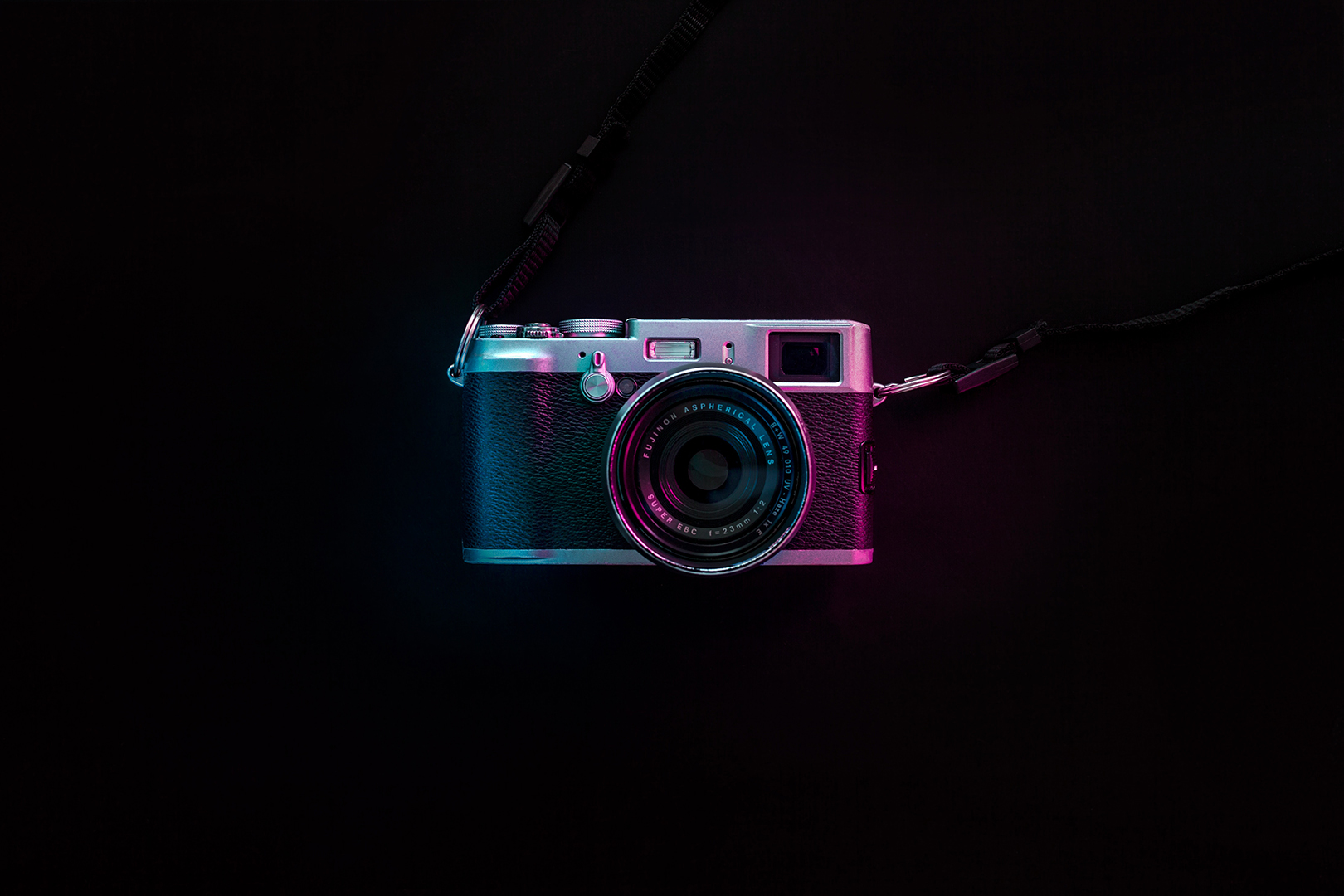
Depending on the size of your camera’s sensor, you will experience what is known as a crop factor, but don’t worry about that. What you need to know is some lenses match almost exactly the focal lengths we are going to talk about; you just need to do the math beforehand. Some manufacturers let you know this by stating that their lenses are equivalent to specific focal lengths compared to a full-frame camera.
Without further ado, let's talk about the best focal length choices for street photography, general photography and portraiture.
35mm – Great for Street Photography
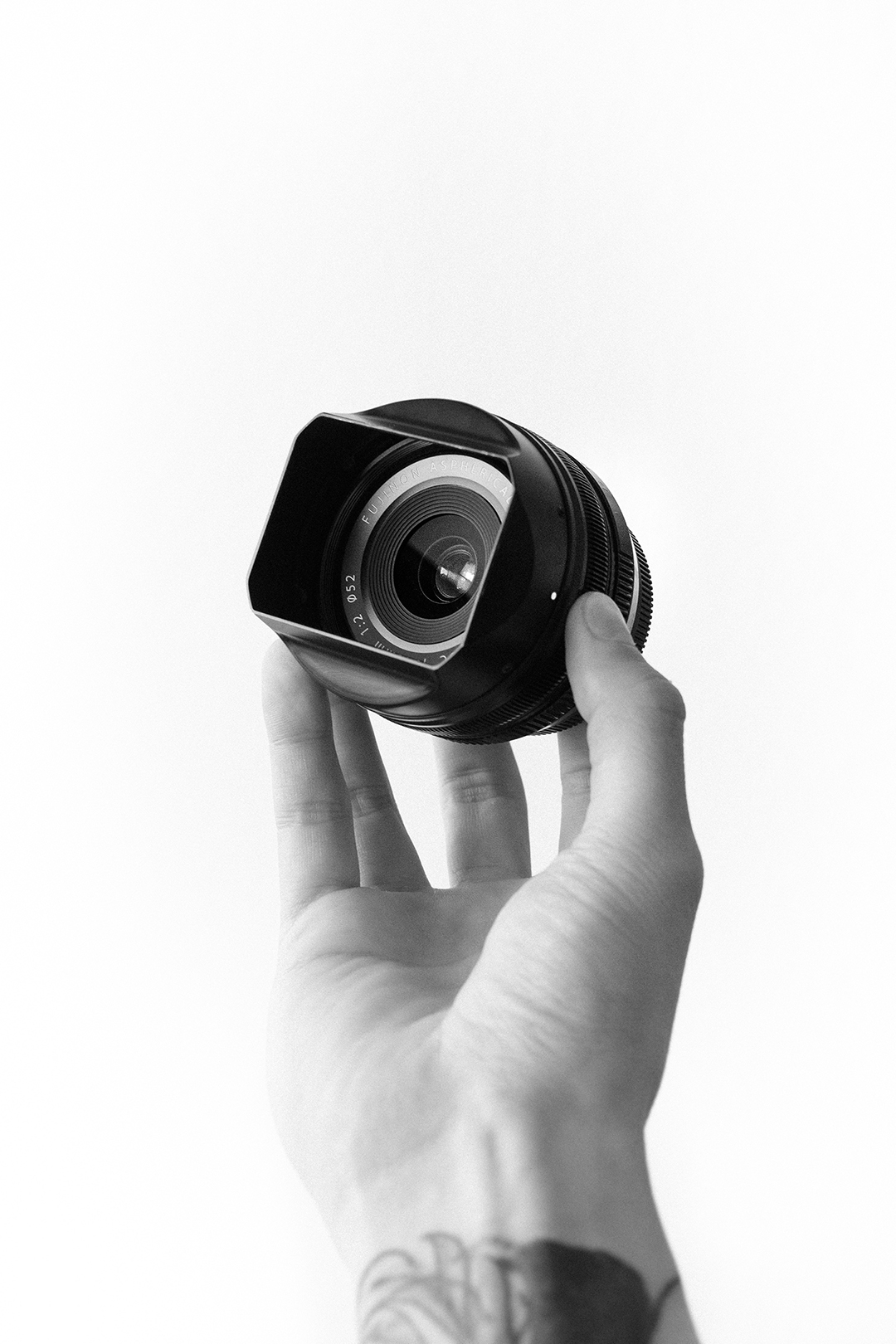
In my view, 35mm lenses are the widest-angle lens we will discuss today. These particular beauties are perfect for street photography, because their view is narrow enough to push us to get closer to the action, and but no so wide that they create weird distortions. In street photography, context is a very important element of the overall frame; without it, images can’t tell a complete story, and in many cases will end up looking like mere details of an ordinary situation in the streets. Many photojournalists and documentary photographers are huge fans of 35mm lenses, especially for rangefinder cameras.
35mm lenses are extremely versatile, and in most cases, very inconspicuous to use. Regardless of the camera you have, if you enjoy street photography, perhaps a 35mm should be your next investment. Give the 35mm a go if you have a kit 18-55mm lens – just set it to 35mm and try to keep it in that exact position while wandering the streets. By the end of the day, you'll understand why this particular focal length has become so popular among street photographers.
50mm – Perfect for general photography
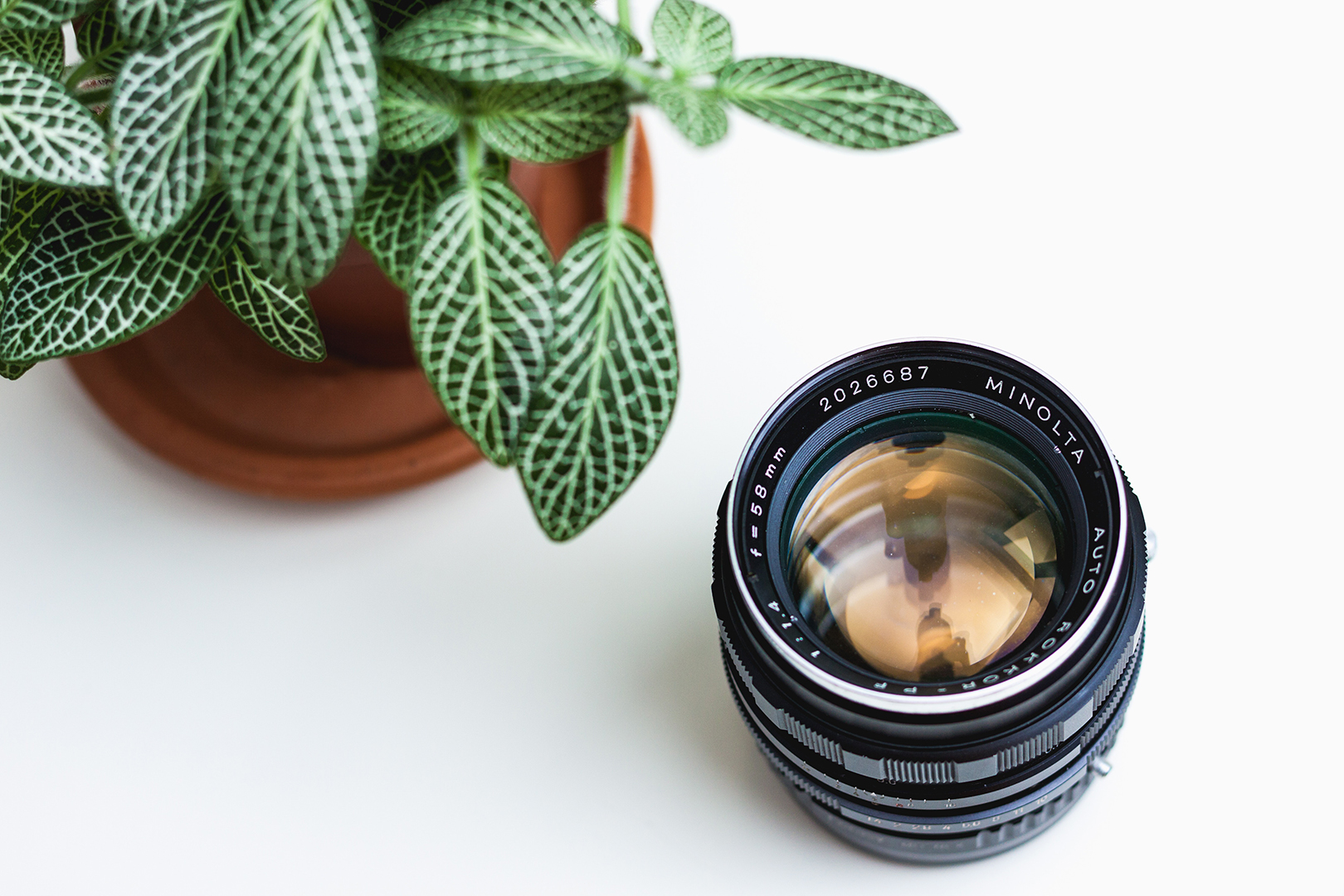
50mm focal lengths are extremely popular, and there are solid reasons why. First, they are the same focal length as our eyes, and it’s exciting to see exactly the same thing through your viewfinder as you do with your eyes. The cheapest way to experience this novelty is to get your hands on an analog SLR camera with a 50mm lens attached to it. It’s a splendid experience.
Another great thing about 50mm lenses is that they are fairly affordable in their most basic versions. Beyond that, they are an easy way to experience the beauties of working with fast apertures. These lenses are a wise choice for general-purpose photography, since there are plenty of cheap 50mm options available.
85mm – The portrait photography pro
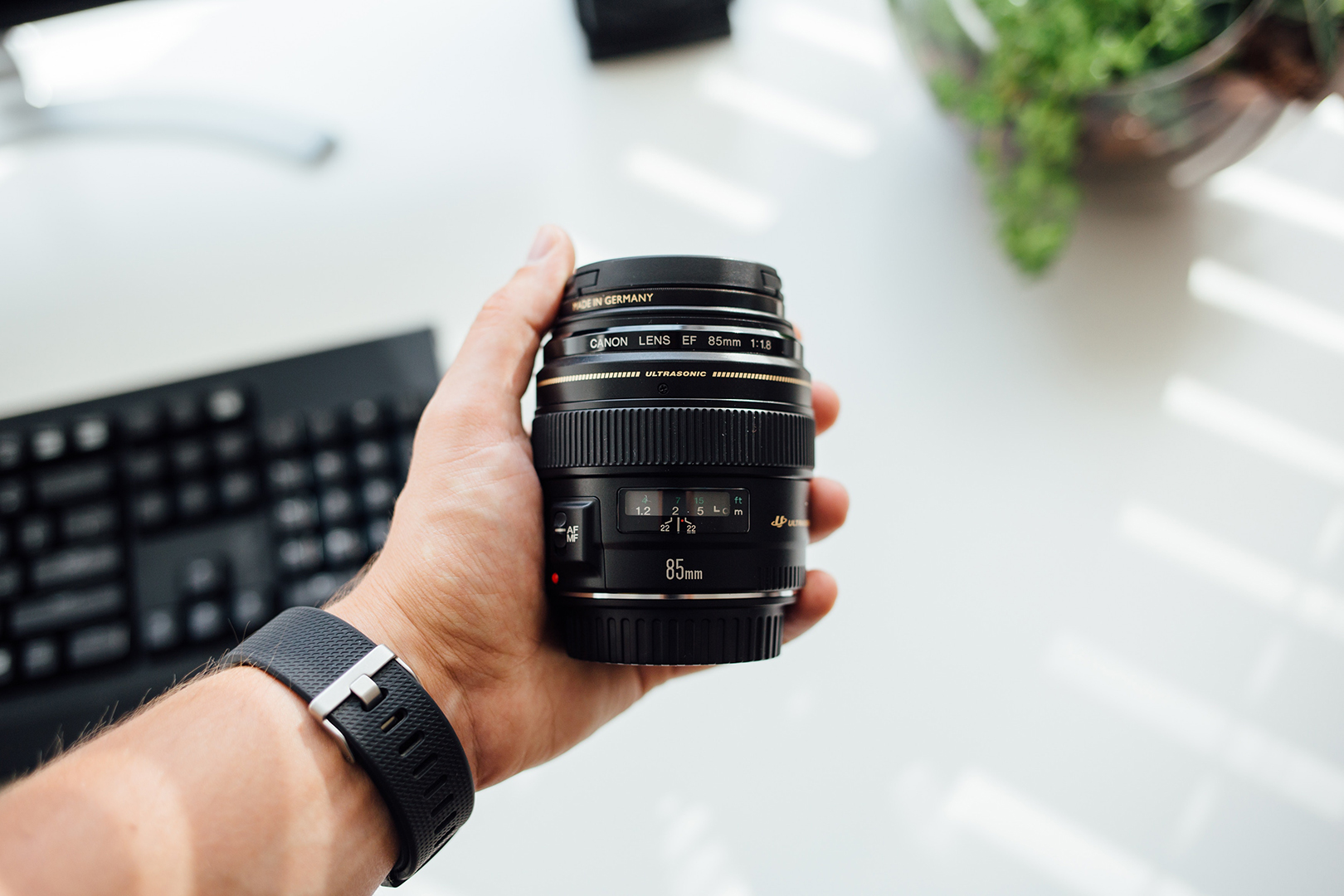
Many photographers are passionate about portraits, which comes as no surprise, since portraits have fascinated humans for thousands of years. 85mm focal lengths are perfect for capturing beautiful portraits due to their focal length and depth-of-field capabilities.
These lenses go beyond the 18-55mm experience, and it might be difficult for you to appreciate tis at first. But if you like taking portraits, you'll notice two things: that 55mm is too short for your needs, and that the bokeh you get with that focal length isn't flattering at all.
The 85mm lenses offer that delicious sweet spot between the normal 50mm and a long telephoto lens. Just like the 50mm lenses, prices will vary depending on the lens’s maximum aperture. The framing results will be tighter than 50mm lenses, and of course, if you want a roomier portrait, you can always walk back a couple of steps and be all set.
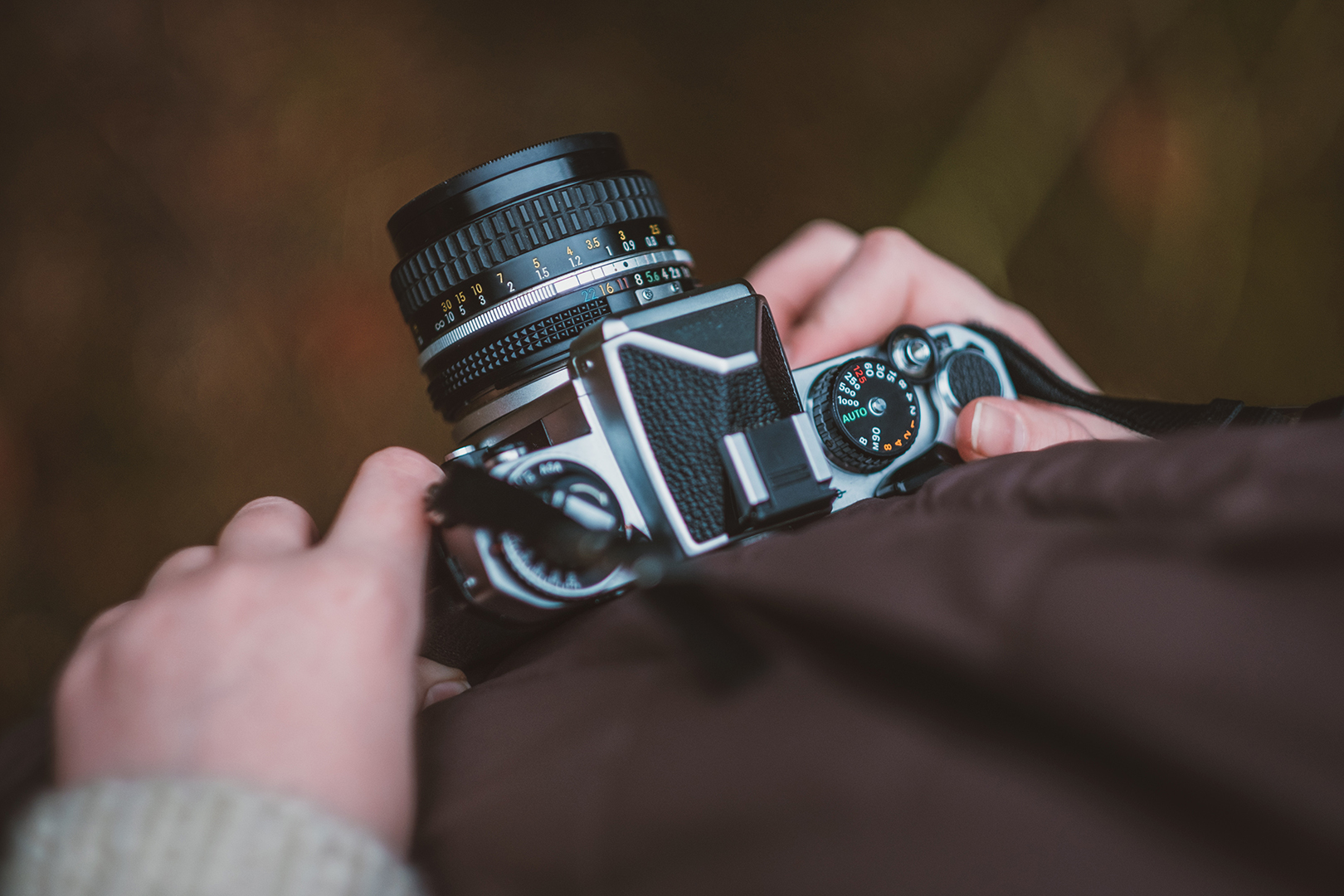
Focal lengths are measured in millimeters, and they correspond to the distance between your camera’s sensor and lens’s prime element. Super-wide-angle lenses require many internal components to capture large areas of space within the frame. But how you use your the lenses is not a rigid thing; you can always use a 35mm or a 50mm for portraiture, for example. What you need to know is many lens options exist, and investing in a specific lens is only justified when it is appropriate for the genre you feel most passionate about.
We encourage you to borrow or rent a specific focal-length lens before investing in one. This way, you'll be sure to make a wise decision when you buy.







5 Comments
This good article would be even better if there was some discussion of differences for full frame vs. cropped. If I put a 35mm on a cropped the experience is not the same as full frame. So, for an article targeted for a beginner, it would be useful to point out these differences.
Perfect Lisa, we’ll write an article about how cropped sensors affect in lenses and which lenses should be used for achieving the desired look.
My 2 lens combo, 35/135.
Pretty nice selection Barry.
I prefer 100 mm for portraits. 85 mm wants you to get too close to the subject, which may be awkward.